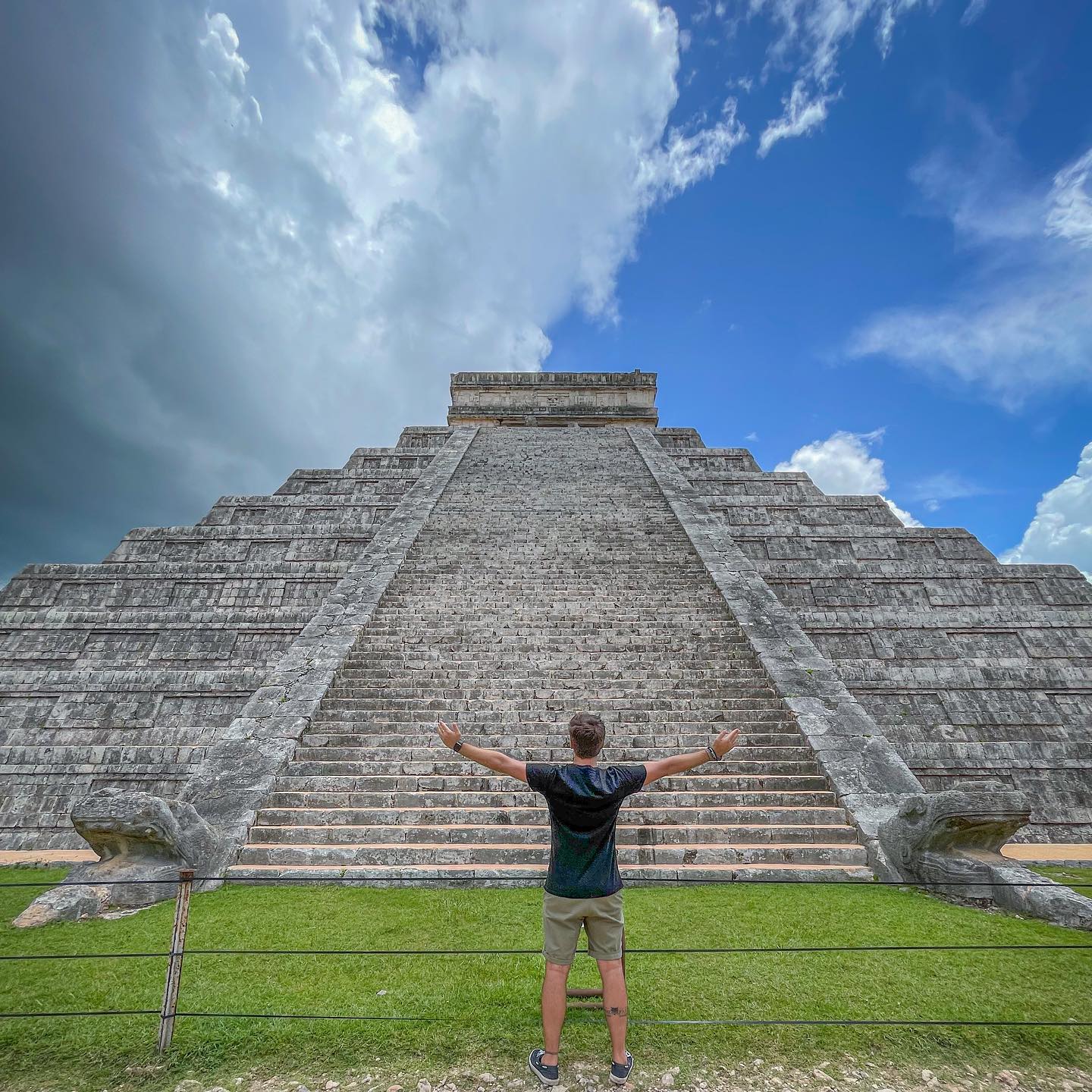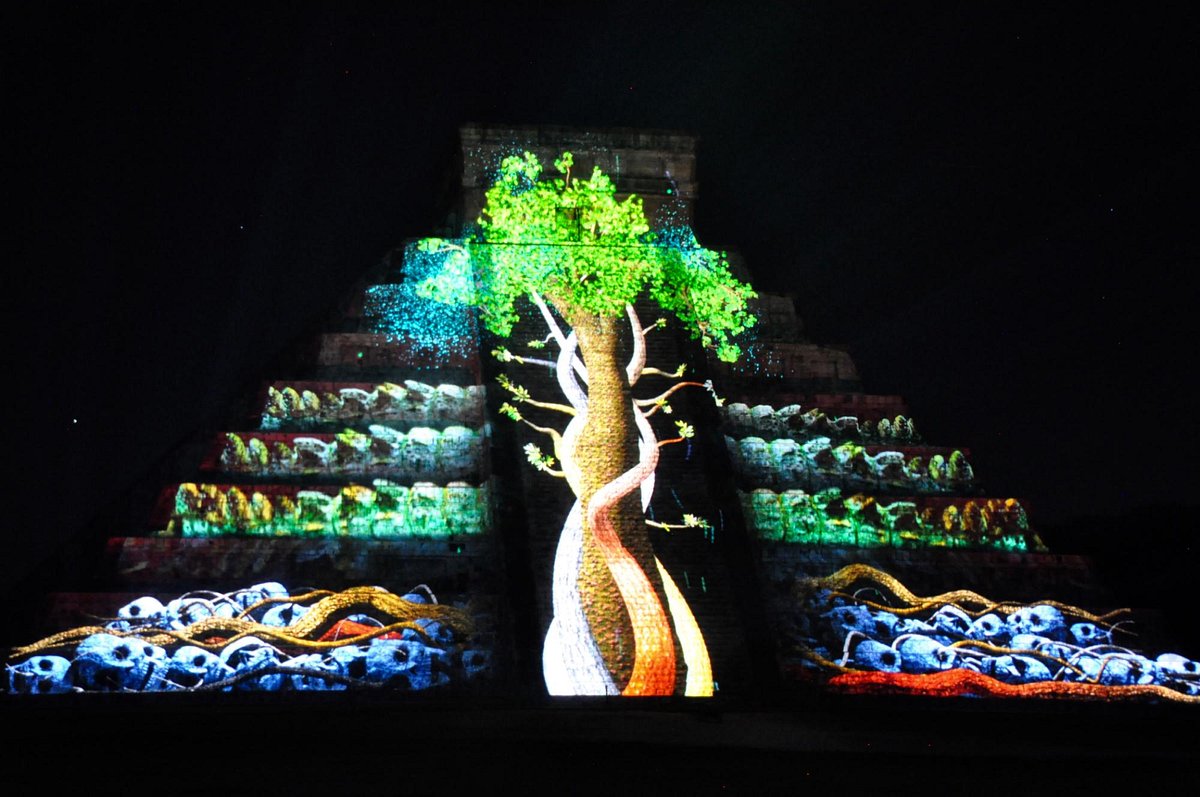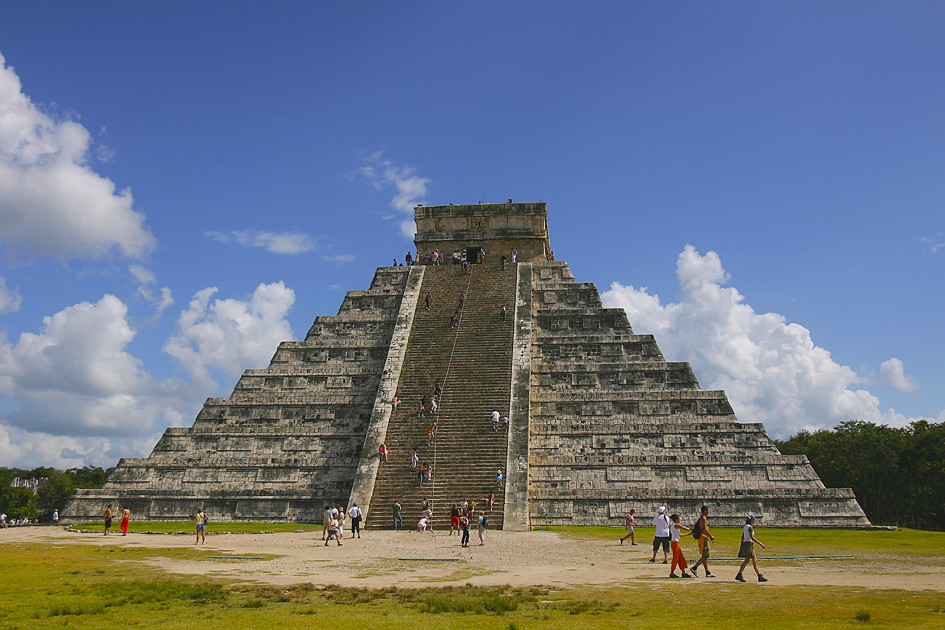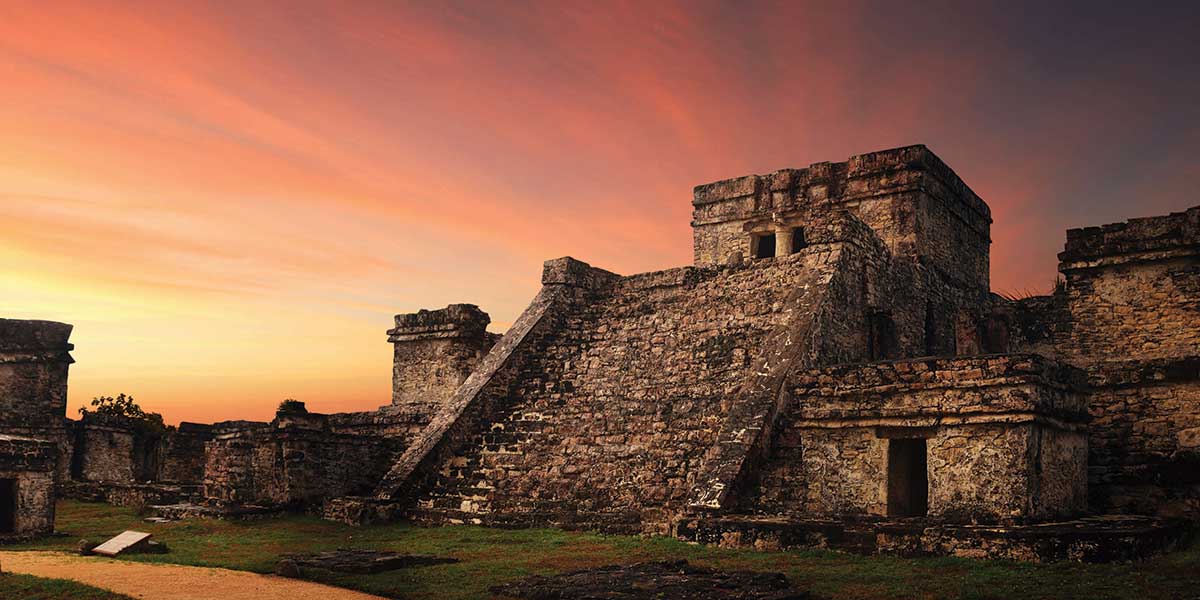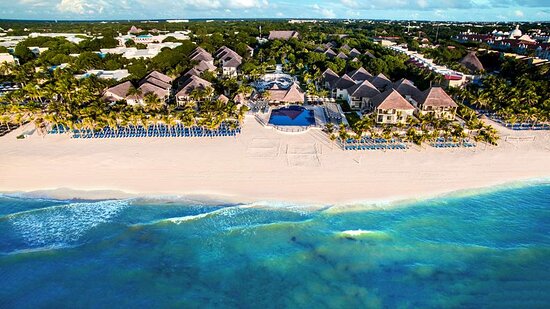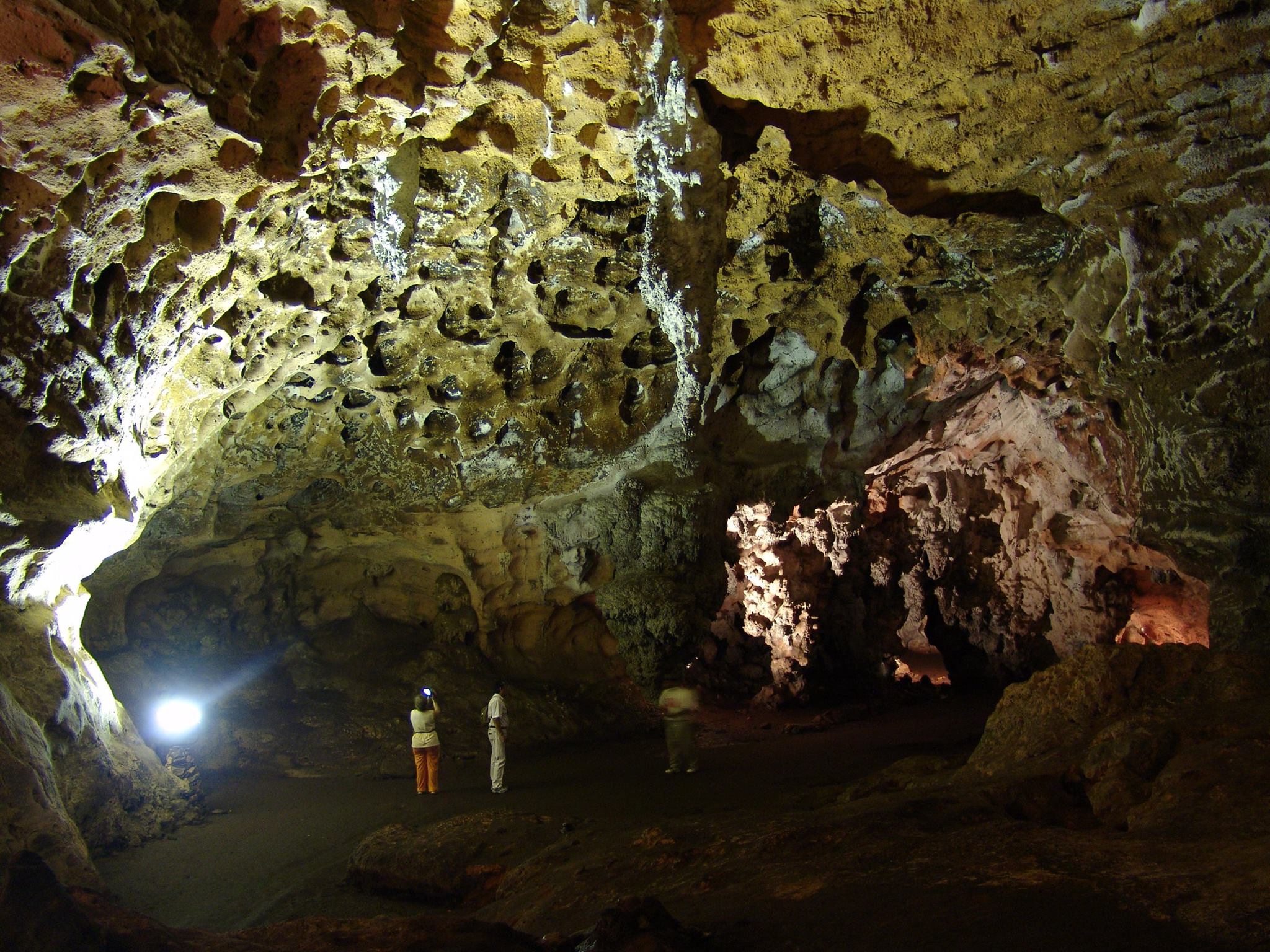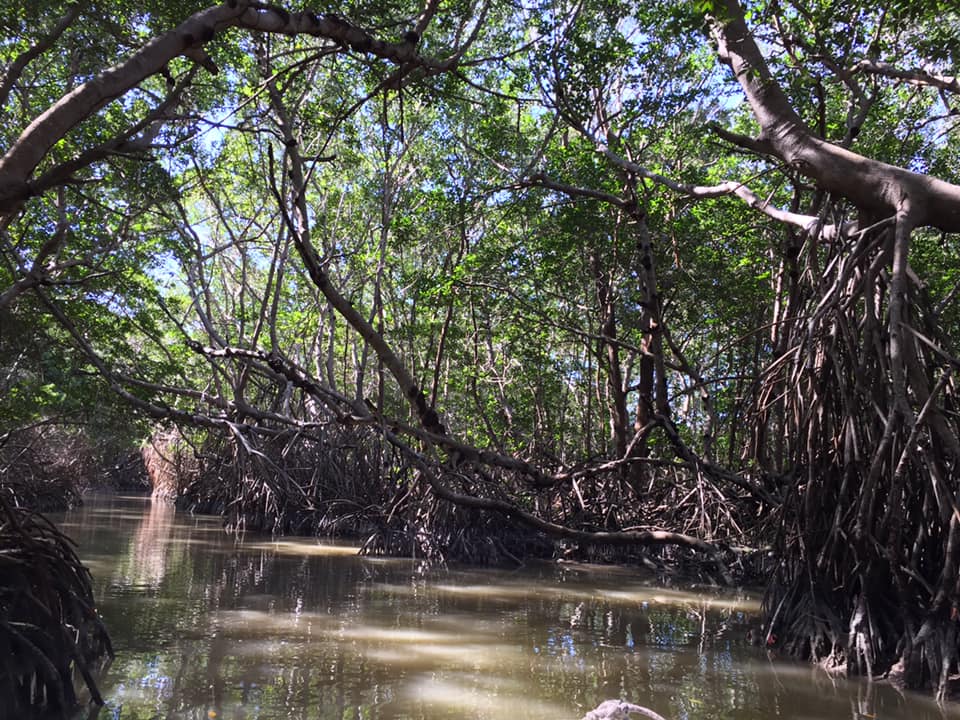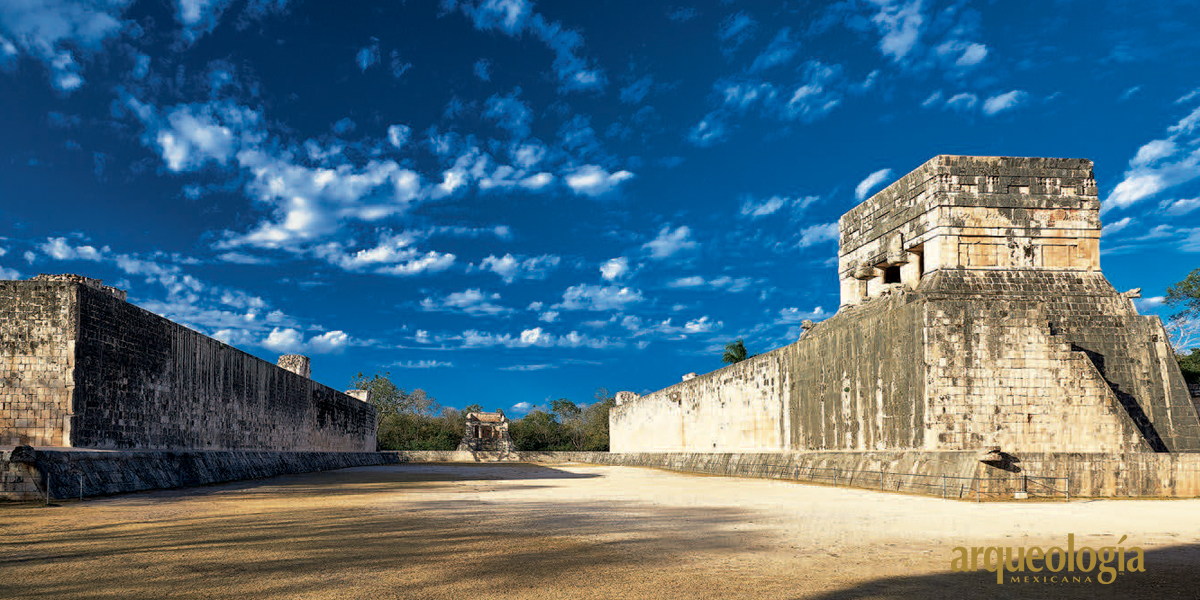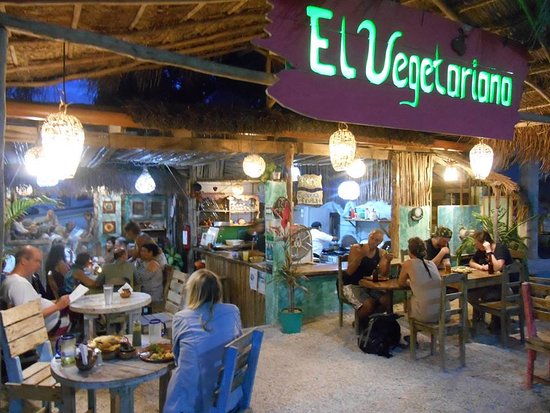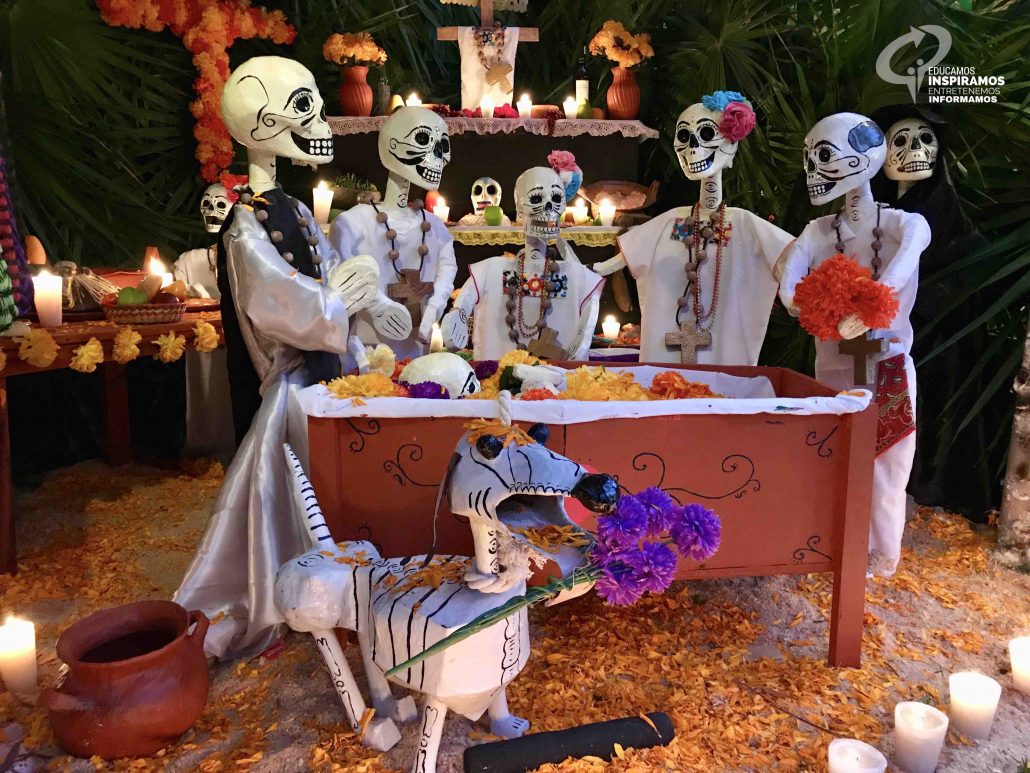Where is Chichen Itza
If you are looking for information about Chichen Itza and where it is, its location and how to get to this wonderful destination from different parts of Mexico; as well as other curiosities about Chichen Itza, stay with us and let’s explore together this incredible destination.

Where Chichén Itzá is located
Chichén Itzá is located in Mexico; specifically, within the municipality of Tinum, in the eastern part of the state of Yucatán. On the road to Cancun, 120 km away from Merida. If you are interested as a tourist destination, you should consider that Chichen Itza is one of the 7 wonders of the modern world; so you should take this detail into account when you decide to visit it.
How to get to Chichen Itza
In our previous article we told you a little bit about the history of Chichen Itza, in this article we will talk about how to get there and of course in another article that you can see here we will talk about the costs of Chichen Itza. So let’s start now,
From Cancun
To get to Chichen Itza from Cancun, there are 3 different ways to do it; by bus, with different alternatives of companies, by car and by plane; either way, the transfer is really fantastic.
The ideal way to travel to Chichen Itza by bus, is to book a guided tour; this way tourists will not have to worry about organizing transportation. The main benefit is that the tour companies pick people up at the hotel where they are staying, or at a nearby point, and offer an explanatory talk with many details about their destination.
If you are traveling with friends or family, the best option is a private transfer service to Chichen Itza; since they could define a personalized trip itinerary and it is much more economical. An important detail to travel to Chichen Itza, is to leave in the early hours of the morning so you can arrive at dawn, to better enjoy the place.
To go to Chichen Itza by car from Cancun, you should leave very early in the morning, to arrive a little before 8 hours. The fast route, takes about 2 hours and 15 minutes to get there by highway; the round trip will cost about 620 MXN, in cash. And the highway 180 is free, but it takes 3 hours from Cancun.
Finally, you can travel to Chichen Itza in an exclusive way and although it is a more expensive experience, it is totally unique. You can book a flight from Cancun airport to the archaeological site. It includes the transfer from your hotel to the airport and a scenic flight of 45 minutes over the Mayan ruins.

From Playa del Carmen
In order to go to Chichen Itza from Playa del Carmen, the ADO company is available, which has buses that leave at 8:00, 9:00 and 10:30 in the morning and return at 16:30. The trip takes approximately 3 hours and a half. The most advisable, if you intend to return the same day, is to pay in advance for the round trip.
In case you wish to go to Chichen Itza by car or cab, you should take into account that the trip can take approximately 2 hours; since the distance between Chichen Itza and Playa del Carmen is 184 km.
From Tulum
The transfer from the bus station to go from Tulum to Chichen Itza, could cost approximately 200 MXN. Normally the bus leaves at 9:00 a.m. and the trip can last 3 full hours; therefore, the arrival time would be around 12:00 p.m., after having traveled about 153 km of distance.
From Merida, Yucatan
The main options to go from Mérida to Chichén Itzá are: ADO buses, shared transport service, private transfer, by own car and by plane. The time it may take to get to the same destination varies among them; however, they cover the same 119 km.
The duration of the trip in the ADO Bus is 1 hour and 45 minutes; it is the most economical option to travel and one of the best, because the ADO buses have air conditioning, reclining seats and TV. They also have three departure times: 07:15, 10:30 and 10:50 in the morning.
The shared shuttle service is offered by many travel agencies and some tour operators in Mérida; these transfers are done daily in a shared van to go directly from Mérida to Chichén Itzá. You may be able to make a reservation for this service at the front desk of the hotel where you are staying.
The private transfer and driving by car takes the same travel time: 1 hour and 40 minutes; only, if you want comfort and do not want to drive, you can request the service to Valladolid, which is the most recommended option.
It is clear that traveling from Merida to Chichen Itza by plane is much faster and more comfortable; since it could only take between 6 and 10 minutes, in a straight line distance of approximately 111 km.

Conclusion
Now you know what your transfer options are to get to Chichen Itza from Cancun, from Playa del Carmen, from Tulum or from Merida city. So then, are you ready to visit this emblematic place?

